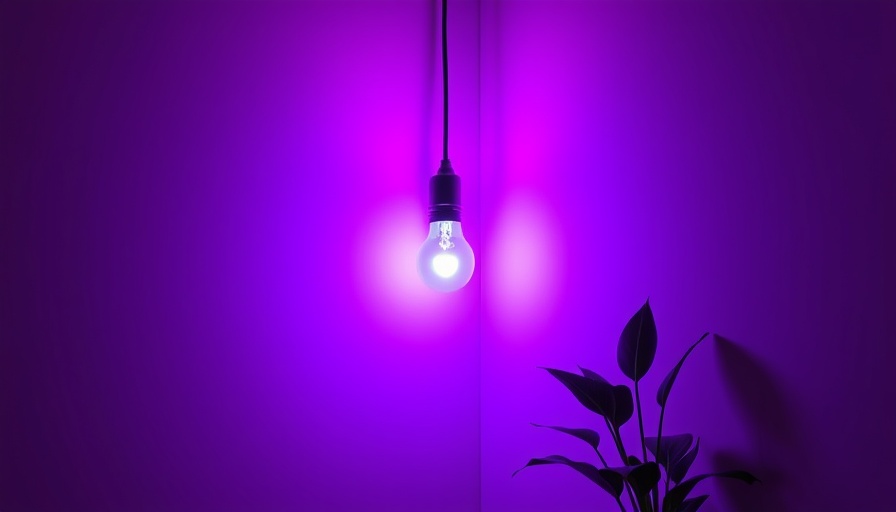
Mastering Home Automation: Scenes, Scripts, and Automations Explained
Home automation is all about transforming everyday living into an integrated, seamless experience. As technological advances continue to shape our homes, platforms like Home Assistant offer home owners incredible customizability. While this can be advantageous, it also introduces complexity, particularly when deciding between scenes, scripts, and automations. In this article, we will make sense of these three pivotal elements of Home Assistant and when to use each.
In 'How To Use Home Assistant Automations, Scene and Scripts!', we explored foundational elements of home automation, leading us to provide a deeper analysis on successfully leveraging these tools.
What Are Scenes, Scripts, and Automations?
At its core, a scene captures a specific snapshot of device states at a given moment. Think of it like taking a picture of your living room with the lights dimmed, curtains drawn, and TV on. By calling on that saved scene, Home Assistant can recreate that very moment with the push of a button. However, scenes are somewhat limited; they cannot carry out complex actions that require logic.
That’s where scripts come in, which function similarly to scripts in programming. Scripts allow you to define a list of tasks that Home Assistant performs in sequence. They offer the ability to engage multiple devices, implement delays between actions, or factor in conditional logic based on other inputs. For example, consider a morning routine script that opens the blinds, turns on lamps, and brews coffee—all in a defined order.
Automations, on the other hand, are what might be considered the most powerful tool in Home Assistant’s toolbox. Designed to run automatically based on triggers—like specific times, sensor readings, or even voice commands—automations bring dynamism to your setup. For instance, a simple automation can turn on lights when a motion sensor detects movement.
Deciding Factors: When to Use Each
So how do you determine when to use a scene, script, or automation? A good starting point is to ask yourself whether the action should trigger automatically. If it should, you can rule out scenes and scripts straightforwardly. If you're looking to manually trigger an action on your dashboard, consider the complexity of the task. A situation that simply sets the room to a preset state is best suited for a scene, while complicated tasks involving multiple steps may require a script.
Yet, it isn't always black and white; often, these elements will work together. For instance, an automation can incorporate scenes or scripts for added functionality. Imagine an automation sets the mood for a movie night; it could be triggered by a motion sensor, which then activates a scene and perhaps utilizes a script to send notifications to your devices.
Practical Insights: Combining Elements for Enhanced Functionality
Home automation allows for innovative integrative practices that can enhance your living space. One real-world scenario could involve integrating multiple sensors and devices into a single automation. For clarity, if your TV turns on and the Netflix app starts, perhaps a nighttime scene should initiate to lower the lights and draw curtains automatically.
Another example could be creating a notification sequence using scripts. Let's say you have a favorite format for emergency alerts—turning on specific devices and sending alerts can become repetitive. By using a script, you decrease redundancy, making updates easier across multiple automations without needing to rewrite each one.
Addressing Common Misconceptions
Many newcomers may mistakenly think that automations replace scenes and scripts, but each serves a unique purpose. Automations handle real-time, responsive tasks, while scripts manage tasks that require structure and order. Scenes, meanwhile, are ideal for quickly establishing a desired environment without additional conditions or complexity. Understanding their roles is crucial for maximizing the potential of your smart home.
Conclusion: The Path to Seamless Automation
In defining whether to utilize scenes, scripts, or automations, it is essential to be clear about your goals within your home automation ecosystem. Each method serves a vital role in creating the living space of your dreams.
If you're eager to delve deeper into home automation and explore more complex setups, don’t hesitate to reach out or comment on your interests. Engaging further with these technologies will only enhance your experience in smart home living. In understanding and leveraging these tools effectively, you pave the way for a smarter, smoother home life.
 Add Row
Add Row  Add
Add 




Write A Comment